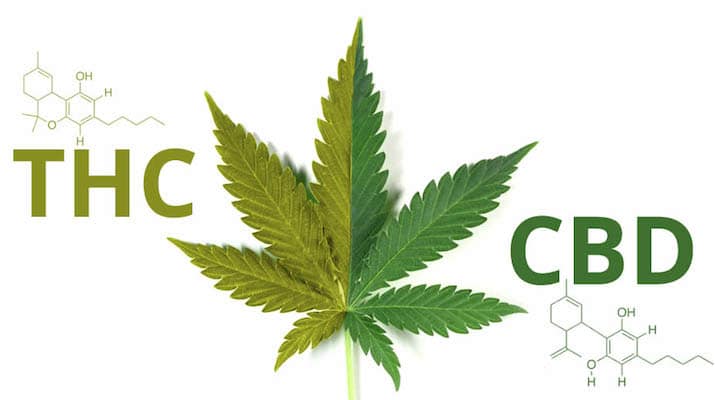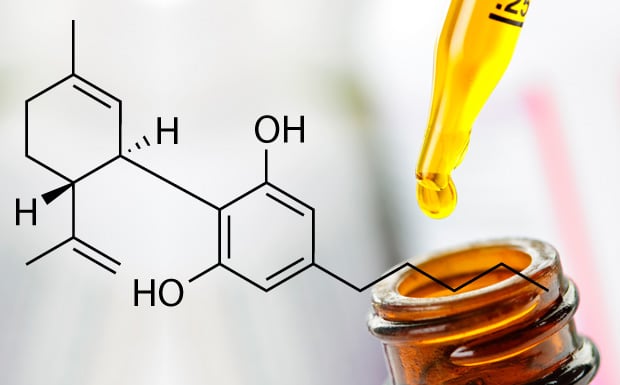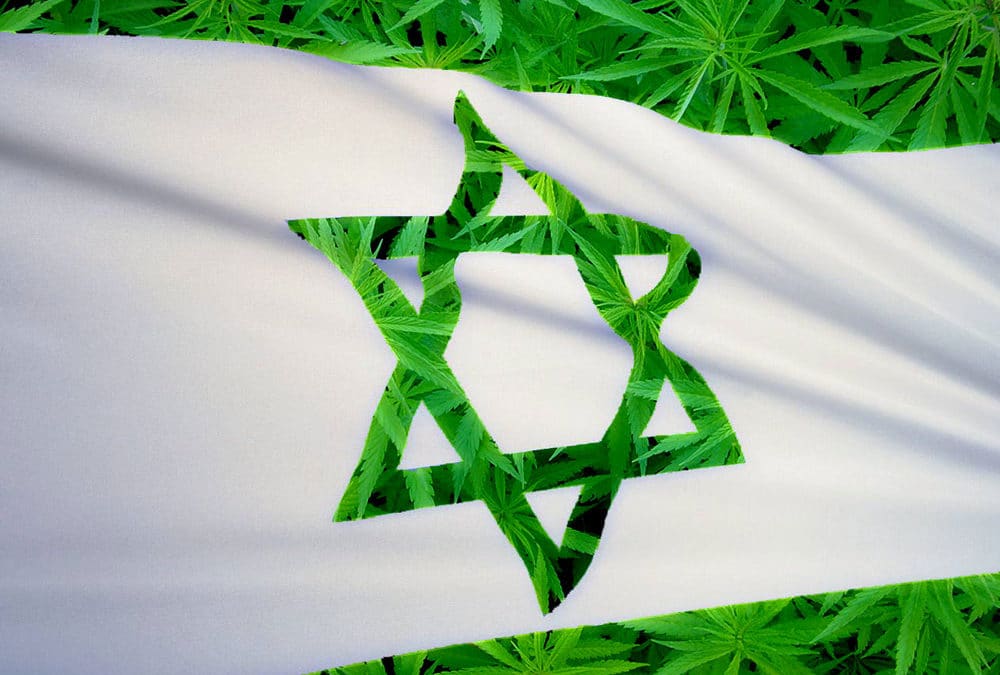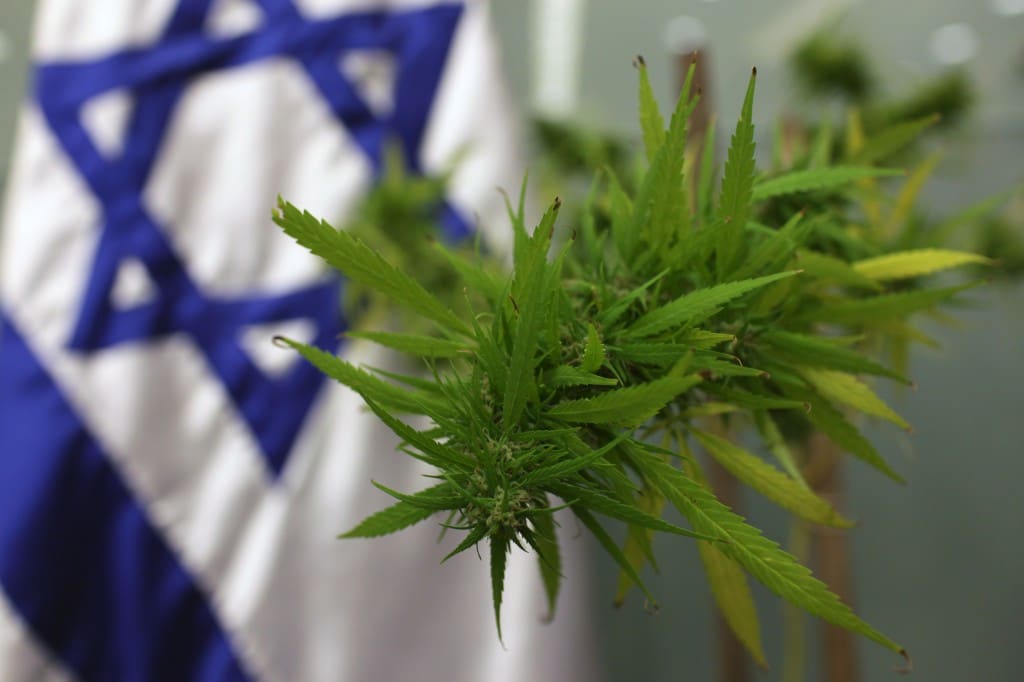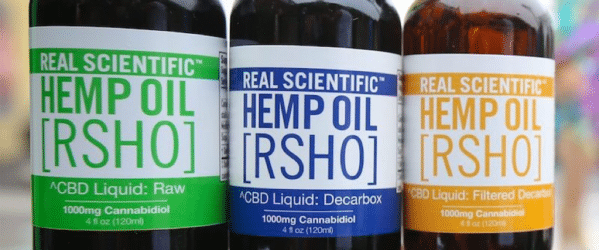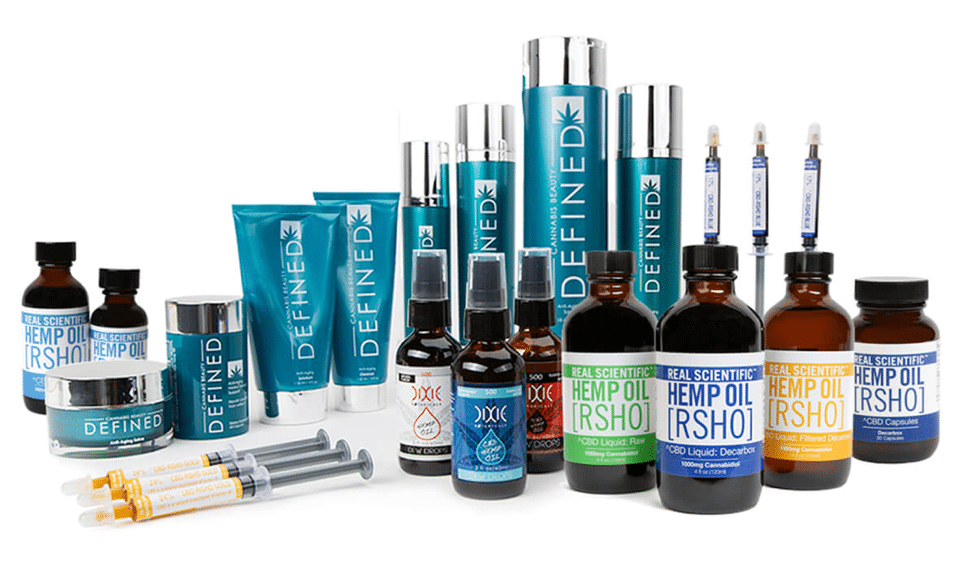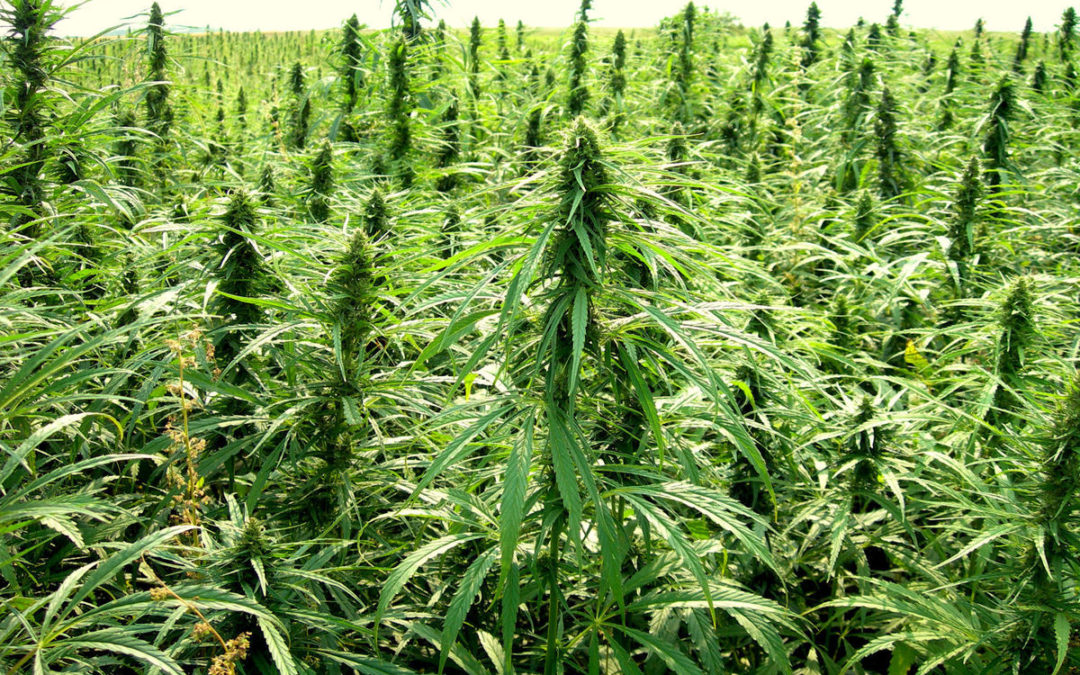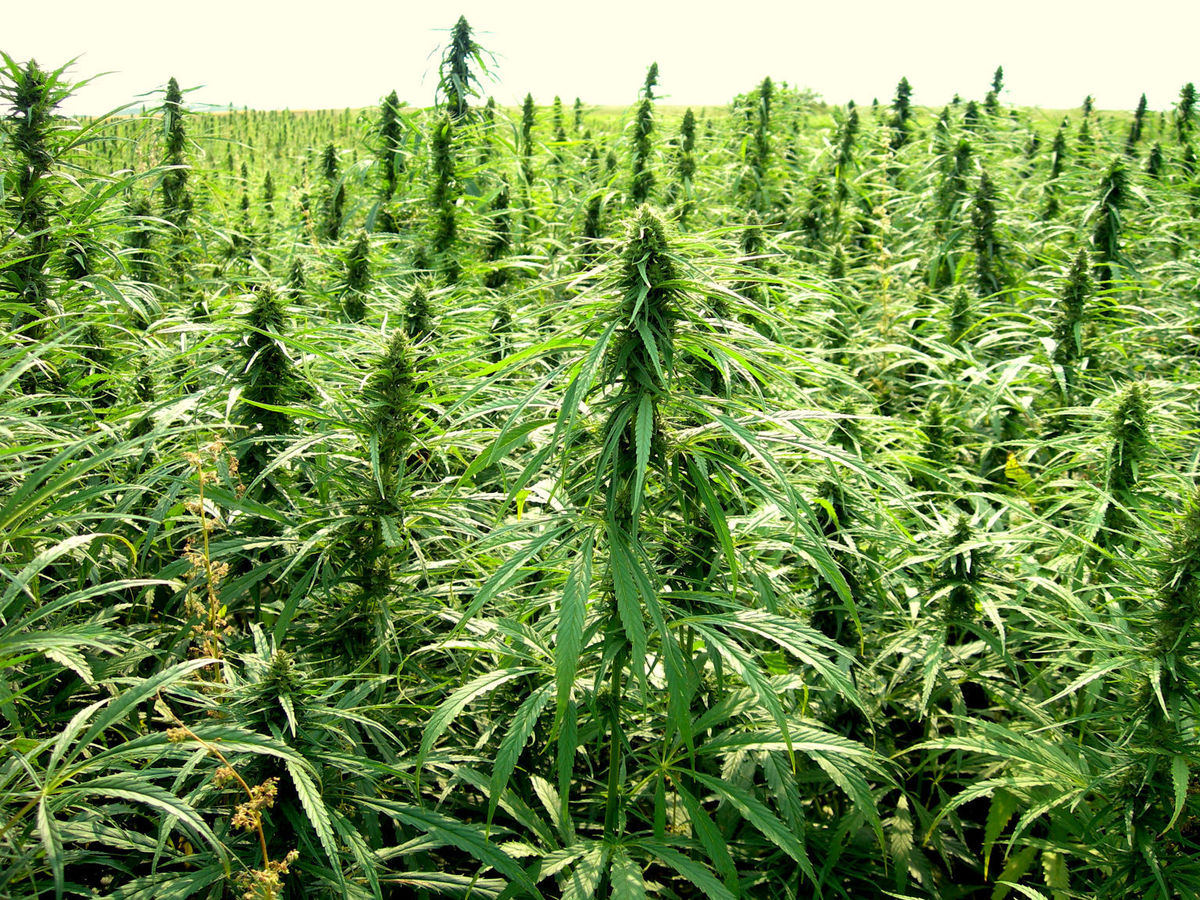
Sustainable Cannabis in Denver: What Does the Future Hold?
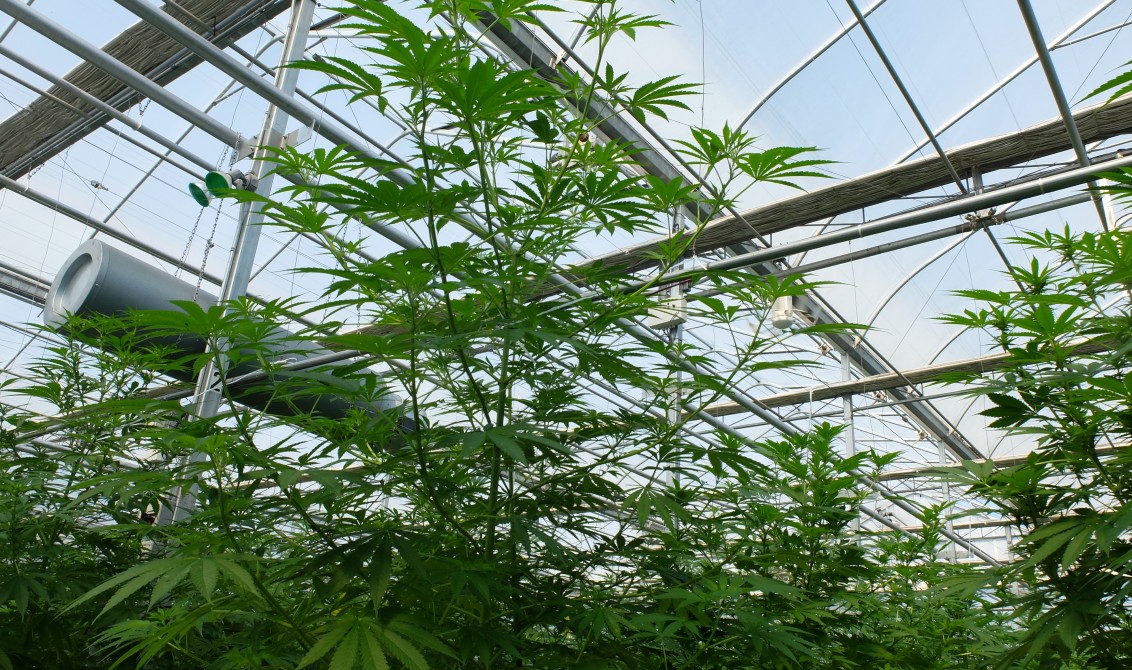
The Colorado marijuana industry is booming in Denver, but as business grows, so does the need for resources.
Being a world leader in recreational and medical marijuana production, the city of Denver has taken the initiative to work toward a more sustainable cannabis culture. The legalization of marijuana has drawn attention to the vast amount of resources required to maintain a cannabis cultivation facility.
Thousands of gallons of water and enough energy to power hundreds of high intensity lights pass through an average facility on any given day. Considering there are more than a few hundred grow operations in Denver, the city needed a plan to reduce the use of resources and find a more sustainable path forward.
Cannabis Sustainability
In 2016, the Department of Environmental Health created the Cannabis Sustainability Workgroup. The CSW was formed in partnership with the Organic Cannabis Association, and is comprised of cannabis industry leaders from all areas of cultivation. Their goals are to create a guide of cannabis best practices on sustainability, and to work with local Colorado marijuana businesses to maximize their efficiency and sustainability.
Coming Together
The group consists of cannabis industry professionals like Ralph Morgan of O.pen Vapes, Meg Collins of Good Chemistry and Kayvan Khalatabari, of Denver Relief. They are joined by the likes of Kevin Mahmalji of NORML, John Sneider of Xcel Energy, and Andrew Livingston of Denver’s Vicente Sederberg law firm.
The group of 17 has met every month for the last year and have formulated strategies in order to conquer out of control power usage. By their estimations, cannabis grows across the city can reduce their power bills by as much as 22% by optimizing what is called ‘peak energy demand.’
Staggering Statistics
Power and water are the two utilities that cannabis businesses depend on. In the beginning of May, the city of Denver’s water usage increased by nearly 50%, a portion of the spike attributable to cannabis businesses. With lights running 24 hours a day, power consumption is of utmost concern. When examined from an outside perspective, the overall resource consumption of the average grow is staggering. Establishing a series of best practices to reduce this carbon footprint is essential, particularly for areas that may be affected by drought or harsh environmental conditions. The work the CSW is doing has major implications for the future of the industry. The best practices established here in Denver will go on to serve as a framework for new markets as legalization continues to spread and the Colorado marijuana industry grows.
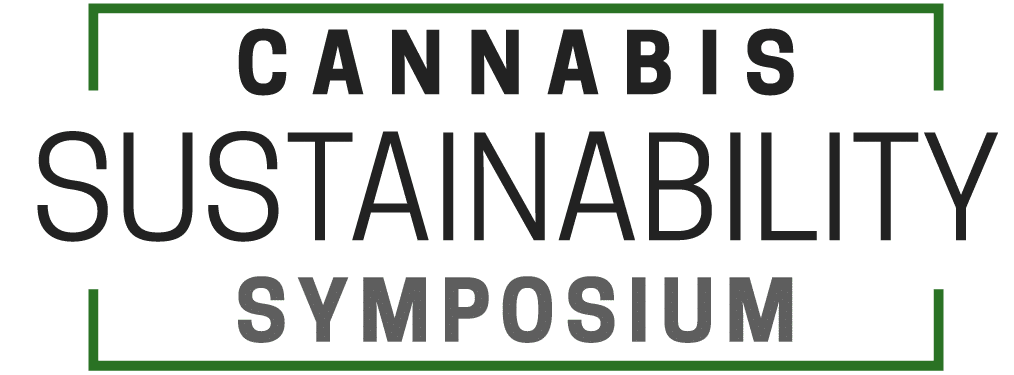
Getting Involved
The workgroup is hosting its second annual Cannabis Symposium on sustainability at the Embassy Suites in Downtown Denver, with tickets going on sale July 1st. Denver has always been on the forefront of cannabis innovation, so it is just fitting that the city should be spearheading the push for responsible and sustainable cultivation.
The Colorado marijuana industry is still in its infancy, and many are still figuring out how this thing works. Being a leader in sustainability will fortify Denver’s role in the global cannabis community.

